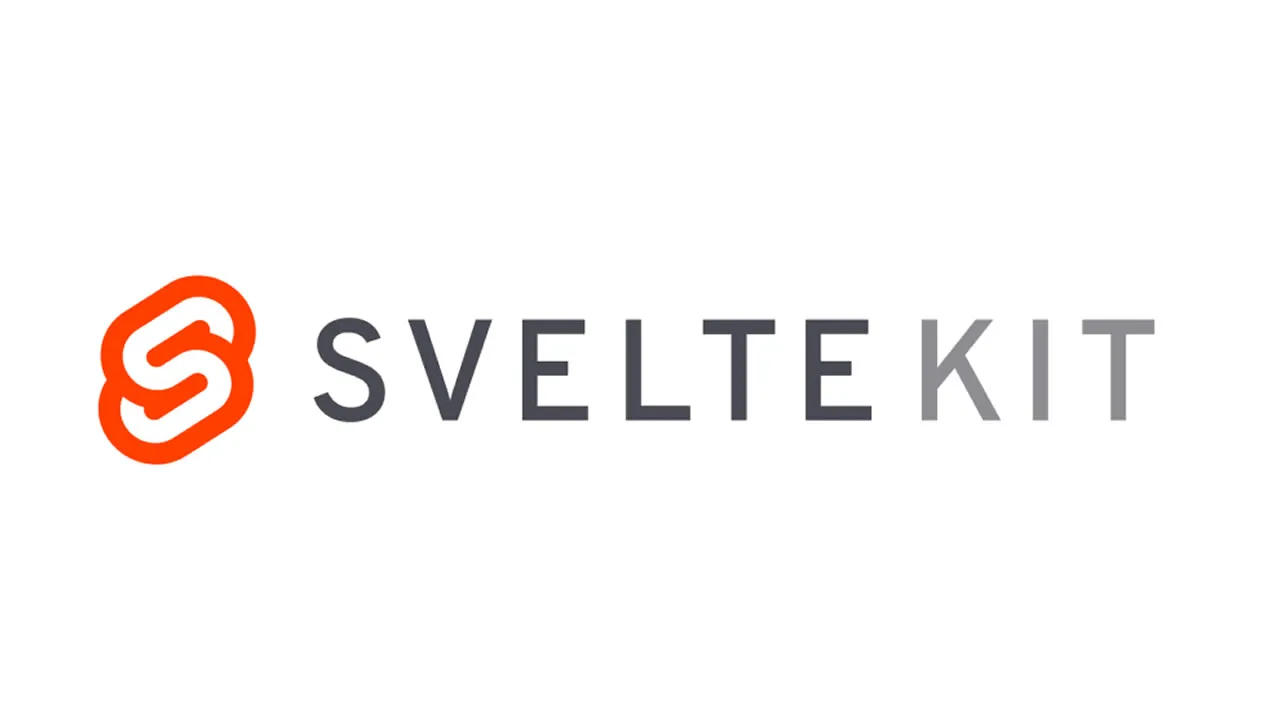The newest Svelte-based framework for creating web apps is here with the release of SvelteKit, and explore how easy it is to create apps.
The newest framework for creating web apps with Svelte is here: SvelteKit. This framework is easy to use even for less experienced developers.
SvelteKit is the successor to Sapper, a compact yet powerful JavaScript framework powered by Svelte. The new release of SvelteKit is an upgrade to what Sapper provides and is currently in public beta.
Exploring SvelteKit myself left me impressed by the fact that it was quite easy to understand; it has fewer concepts to learn compared to other popular frameworks like React.
Let’s delve into the basics of Svelte and SvelteKit and eventually explore a SvelteKit example.
What is Svelte and SvelteKit?
Svelte is a component library like React, and SvelteKit is the app framework like Next.js. While similar, the reason Svelte stands apart from React is because it provides a different way to think about web apps.
React uses virtual DOM diffing to decide the changes needed to update a UI, but Svelte is a compiler, which compiles your code and converts the Svelte components into JavaScript to render and update them, making it faster and lighter.
SvelteKit then does all the heavy lifting of setting up an app with server-side rendering, routing, and more, just like Next.js. However, SvelteKit also uses an adapter that can export your app to a specific platform and adapts well to serverless architecture. Since serverless architecture is becoming more prominent, it’s a good reason to try SvelteKit out.
You can use the official SvelteKit adapters for platforms like Netlify and Vercel.
By also providing features including server-side rendering, code splitting, and more, SvelteKit is especially useful for beginnings.
With that, let’s see how we can create a new project with SvelteKit.
#svelte #sveltekit #javascript #web-development
